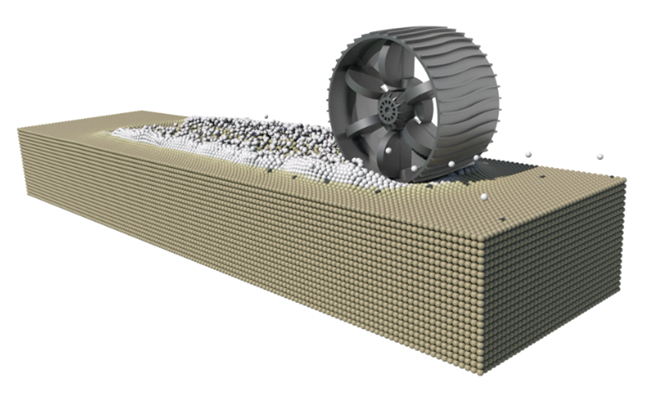SMART CITY
SMART INNOVATION
WEBZINE2023 Vol.06, No.1Featured
KAIST Geomechanics Lab
-
- Today’s built environment faces new challenges posed by urbanization and climate change: How to supply space and energy for the ever-growing population with minimal impacts on the environment? How to safeguard citizens from increasingly unpredictable natural hazards? Many technologies addressing these new challenges entail geomechanics: the mechanical behavior of soils, rocks, and systems that they comprise. Yet soils and rocks—porous, granular, and discontinuous materials in subsurface environments—exhibit a plethora of characteristics that distinguish them from other types of materials. As a result, most of these geomechanical problems remain beyond the capabilities of existing approaches in engineering. The KAIST Geomechanics Lab, led by Prof. Jinhyun Choo, researches next-generation solutions to modern problems in geomechanics as they relate to safeguarding and decarbonizing the built environment. We conduct a variety of research areas in the fundamentals and applications of geomechanics, which are described in the following.
- Deformation and Failure of Geomaterials
-
- Our group develops state-of-the-art technologies to model, simulate, and predict how geomaterials (soils and rocks) deform and fail under mechanical and/or environmental loads. We then apply these new methods to gain insights into the behavior of subsurface systems in a variety of problems across space and time scales.

- Multiphysics of Porous Media
-
- We enhance theoretical and computational methods for modeling and simulation of coupled heat transfer, fluid flow, solid deformation, and/or chemical processes in porous media including soils, rocks, and concrete. We then leverage these developments to tackle a variety of challenging problems where thermal, hydraulic, mechanical, and/or chemical processes interact with each other.

- Artificial Intelligence for Geomechanics
-
- Our ongoing work seeks to leverage emerging artificial intelligence technologies to tackle geomechanical problems that remain poorly addressed. We focus on combining knowledge in mechanics with machine learning to develop data-driven models that can be trained robustly with a small number of data available in engineering practice.

- Infrastructure Engineering (e.g., smart construction, design optimization)
-
- We apply cutting-edge digital and computational approaches to advance a variety of smart technologies for infrastructure engineering. By doing so, we aim to enable engineers to design and construct civil infrastructure systems more safely with less carbon footprint.

- Natural Hazards (e.g., landslides, earthquakes, floods)
-
- We seek to offer next-generation solutions to various natural hazards in the era of climate change. Our focus is on building predictive digital twins of geosystems that allow for mitigating and preventing geohazards that may devastate the built environment.

- Energy and Environmental Technologies (e.g., energy storage, hazardous waste disposal)
-
- We strive to answer key questions related to the successful design and operation of energy and environmental technologies from the large-scale storage of energy from renewable sources, to the safe disposal of greenhouse gases and hazardous wastes. We also build digital twins of energy geosystems to synchronize and predict their behavior under complex operational conditions.




